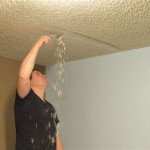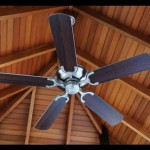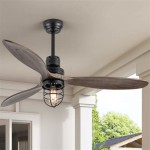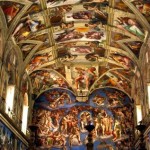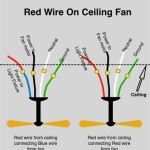Cost to Install Recessed Lighting in Existing Ceiling
Recessed lighting, also known as can lights or downlights, offers a sleek, modern aesthetic and directional illumination. Retrofitting existing ceilings with these fixtures involves several factors that influence the overall cost. Understanding these components allows homeowners to budget effectively and make informed decisions.
One primary cost driver is the number of lights being installed. Each additional fixture requires wiring, housing, trim, and labor, directly increasing the project's expense. A single recessed light installation might cost significantly less than outfitting an entire room. Therefore, carefully planning the lighting layout and determining the necessary number of fixtures is crucial for cost control.
The type of ceiling significantly impacts installation complexity and therefore cost. Standard drywall ceilings are generally straightforward to work with. However, ceilings with existing insulation, plumbing, or ductwork present challenges that can increase labor time and require specialized expertise. Homes with vaulted or cathedral ceilings also add complexity due to the increased working height and potential difficulties accessing the wiring space.
Wiring complexities can also affect the overall cost. Running new wiring circuits, especially in older homes, can be a labor-intensive process. If the existing electrical system requires upgrades to accommodate the additional load of the recessed lighting, this will contribute to the overall project cost. Accessibility of the wiring space also plays a role; easily accessible attics or crawl spaces simplify the process, while difficult-to-reach wiring areas can increase installation time and labor costs.
The choice of lighting fixtures themselves contributes to the overall budget. Basic recessed lighting housings and trims are less expensive than high-end models with advanced features. Factors such as the fixture's size, material, and integrated features like dimming capabilities or specific color temperatures influence the unit price. Opting for premium fixtures with designer finishes or smart home integration will naturally increase the project cost.
Labor costs constitute a significant portion of the total installation expense. Electricians typically charge by the hour or by the fixture. The hourly rate can vary depending on the electrician's experience, location, and the complexity of the job. Factors like difficult wiring access, ceiling type, and the number of fixtures influence the total labor hours required. Obtaining multiple quotes from qualified electricians is recommended to compare pricing and ensure a fair market rate.
Beyond the direct costs of materials and labor, additional expenses may arise. These can include permits required by local building codes, which vary in cost depending on the jurisdiction. Inspection fees might also apply, ensuring the installation meets safety standards. In some cases, unforeseen issues, such as discovering unexpected wiring problems or structural obstacles within the ceiling, can lead to additional costs.
The need for drywall repair or patching after installation is another potential expense. While skilled electricians strive to minimize damage, some patching and repainting might be necessary to achieve a seamless finish. This requires additional materials and potentially the services of a drywall contractor, adding to the overall project budget.
Considering energy efficiency can influence long-term costs. Choosing LED recessed lighting fixtures, despite a higher initial investment, offers significant long-term savings due to their lower energy consumption and longer lifespan. Furthermore, some energy providers offer rebates or incentives for installing energy-efficient lighting, which can offset the upfront cost.
Accessibility considerations are also important. If the installation involves working in tight or difficult-to-reach spaces, specialized equipment or additional labor might be necessary, increasing the project cost. For example, installations in high ceilings or confined attic spaces may require specialized lifts or scaffolding, adding to the overall expense.
Finally, the project's timeline can influence the cost. Rush jobs or installations requiring evening or weekend work may incur premium labor charges. Planning the project in advance and allowing for a reasonable timeframe can help avoid these additional costs. Thorough communication with the electrician regarding scheduling and project expectations is key to managing both time and budget effectively.

How Much Does It Cost To Install Recessed Lighting In 2024

How Much Does It Cost To Install Recessed Lighting In 2024

Cost To Install Recessed Ceiling Lights In 2024 Forbes Home

2024 Recessed Lighting Installation Cost Can Light Prices

Cost To Install Recessed Lighting Airtasker Us

How To Install Recessed Lighting Fixthisbuildthat

Recessed Lighting Installation You Cost In Maryland

How Much Does It Cost To Install A Light Fixture Angi

How Much Does It Cost To Install A Light Fixture Things For You Consider Trinity Electrical Services Inc

How Much Does It Cost To Install A Ceiling Light Without Existing Wiring Cld Electric San Diego

